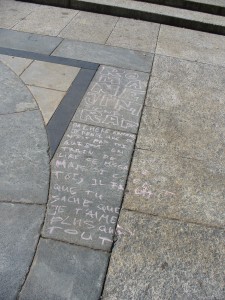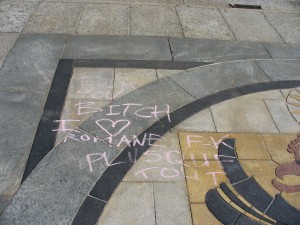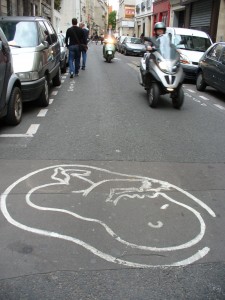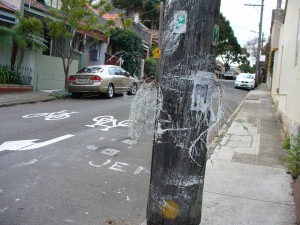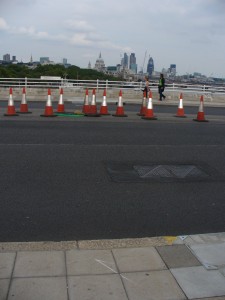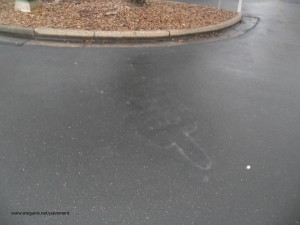I have a certain fondness for manhole covers. They are reminders that the pavement is not only a floor but a roof – the roof of a busy world of tunnels, tubes, chambers and canals; of light, electricity, water and workers. Manhole covers are shutters on the skylights in this roof.
Readers of this blog will know that earlier this year I was lucky enough to do a tour of the underground Tank Stream in Sydney, and to photograph several manhole covers from below. But now I have gone one better – I have toured the sewers of Paris, or at least a small section of them. Parisians are justifiably proud of their sewer network, their ‘city beneath the city’, designed and built in the mid-1800s. So proud that they have a museum – Le Musée des Égouts - where, descending beneath the street of Quai d’Orsay, you can walk through tunnels with drinkable and non-drinkable water flowing through pipes beside you, and a river of sewage running along canals beneath you. In the photograph below on the left you can see the tunnel lights reflected in this river.
I tried to find a manhole cover that I could photograph from below but the best I could do was the iron stairway leading up to one. I could not stretch my arm far enough beyond the museum barrier to photograph the cover itself.
Afterwards, when I returned to the fresh air of the street, I walked along Avenue Bosquet and, assuming that I paced the distance out correctly, found the manhole cover I had nearly photographed in the chamber below.




